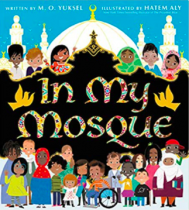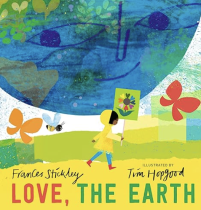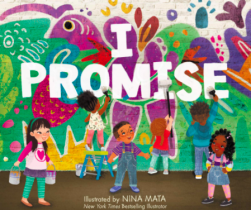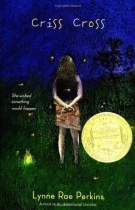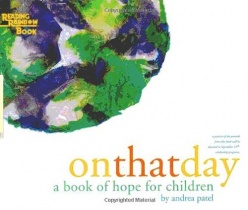This fine Wednesday morning was one of my favorite mornings in rural China. We woke up around 7 o'clock and met a family member who was to take us around rural China for a tour. We traveled through the streets on a small trolley-like bus and first stopped on the side of the street to eat breakfast. This particular breakfast was my absolute favorite. We consumed a huge bowl of rice porridge and warm pork buns. After breakfast, we walked through a large concrete square which is generally where the people go to dance at night. In other words, it is a square of recreation and easy living. Past the square was a gorgeous park that had a beautiful view of the lake. There was also a small gazebo where a music gathering was taking place. A man was playing the chinese erhu, which is like a violin or viola of some sort. The music was beautiful. As much as I wanted to stay, I was getting many stares from the local people and did not want to make them even more uncomfortable. Thus, I traveled on my way.
This morning-was the morning of education. We visited a traditional elementary school, middle school and high school. over 1,000 students attend the middle school here. The educational complex was actually in very good condition. Some of the buildings looked old. However, the newly renovated turf field was a sight to see. Apparently, in China, the two main sports are basketball and soccer. Hence-the newly renovated field. As we walked around the complex, looking at the classrooms, a group of school-aged boys were playing soccer in the background. One of my favorite moments in this educational journey was when we passed by a mini-school session that was occuring in a classroom on one of the side streets. These children were attending something similar to an enrichment class to keep up their math and english skills before summer's end. I had to laugh because, when I walked in, the students were just learning how to say a variety of "fruits" in English. On the board, there were english pronunciations and spellings for peach, banana, grape and apple. I took a picture of the children as they were learning after receiving permission from their teacher.
After our tour around the town, it was time to pay our respects to some of the relatives of the family who had passed away. We drove to the outskirts of the rural land. I suppose it was the equivalent to a cemetery but looked much more earthy, inviting and natural. There were rows and rows of small temples that had been built per the request of the families. In each temple, there were pictures of the diseased and sometimes flowers or incense burning. It is tradition that, when you visit the temple, you burn incense candles in the hearth that is built into the temple. Then, you are to burn large stacks of rectangular paper. This paper represents money in the afterlife. You are essentially giving the diseased money to use in the afterlife. The ceremony is concluded with a kneeling, prayer-like gesture and then fireworks are set off at the sight of the temple. I suppose you read about traditions in books and articles. However, it is much different when you are actually present during the time the tradition is taking place. Truly, a humbling experience.
You may have guessed that after a ceremony like this, it was time to eat. You would be right in thinking so. We had crawfish (naturally), veggies, sausage and noodles. The tomatoes were incredibly sweet. After becoming perplexed as to why our tomatoes in the United States are not nearly as sweet, I was informed that they put sugar on their tomatoes. In a sense, it becomes a dessert rather than a fruit. This concluded our stay in rural Changsha. We waved goodbye to the relatives and headed back on the bumpy road towards the city of Changsha. A friend was met for dinner and then an early bedtime ensued.

